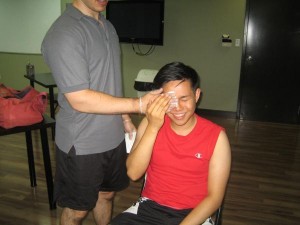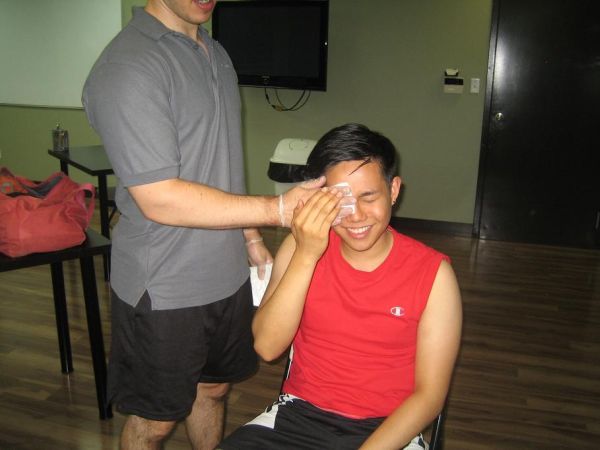Eye creams usually contain compounds and chemicals that provide the product its distinctive scent and texture but can also trigger an allergic reaction. In most cases, the condition is called as contact dermatitis that can result to various symptoms that vary from one individual to another.
It is vital to be familiar with the other possible symptoms of an allergic reaction to eye creams to detect a problem early. Make sure to thoroughly rinse off any traces of the eye product to prevent the symptoms from getting worse.
What are the possible reactions to eye creams?
An allergic reaction to eye creams might trigger rashes around the eyes or on the eyelids. Rashes can also develop on the fingers that were used to apply the eye cream.
The other typical symptoms include swelling and itchiness in the affected area. If some of the cream came in contact with the surface of the eyes, the individual might have an eye reaction or conjunctivitis which causes eye itchiness, redness and watery eyes.
Immediate treatment
Once the eye cream is responsible for the reaction, you have to gently wash the face and hands using mild soap and water. This helps clear up away the compound that causes the reaction and prevents the symptoms from getting worse.

The doctor might recommend an ointment such as cortisone cream to minimize the inflammation and severity of the symptoms. Nevertheless, avoid applying the eye cream close to the eyes since this can cause further irritation. The doctor might also recommend an allergy eye drop to reduce the eye-related symptoms as well as comfort the eyes.
If the individual has a history of reactions to lotions and cosmetics, it is best to look for eye creams that do not contain any perfumes or harsh chemicals. Check the labels if they are suitable for sensitive skin. As a precautionary measure, it is best to test the eye cream on top of the hand before application to prevent a facial rash.
Proper testing
A doctor should be consulted if the individual experiences frequent rashes or other skin reactions. The doctor might recommend a skin test to determine the allergens responsible for the reaction. Once the exact allergens are determined, it is vital to carefully read the labels to check for the presence of offending allergens or chemicals.

